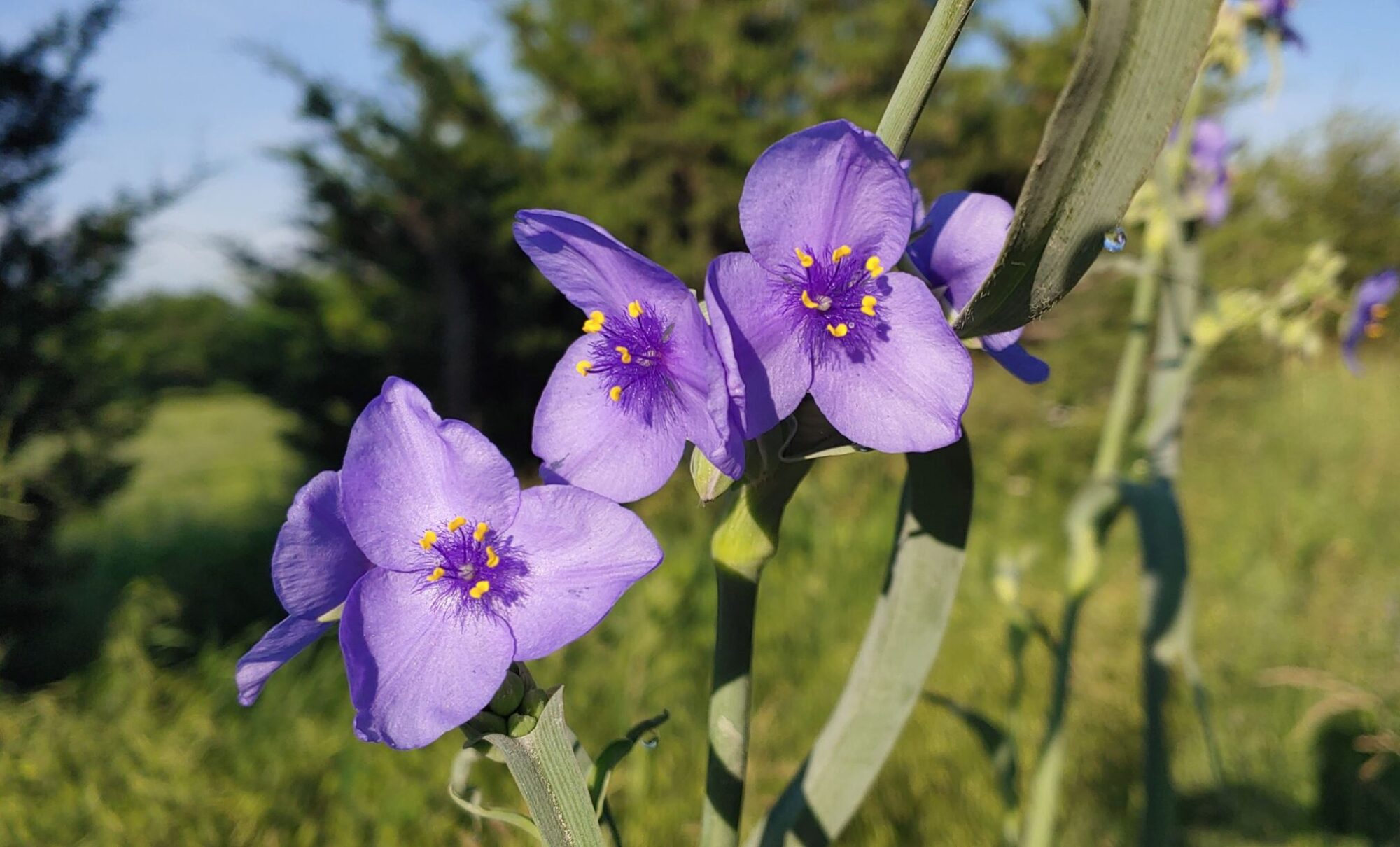Every time I go grocery shopping, I look at snack crackers that I can munch on that will side track me from something sweet. Everytime I refuse to buy them telling myself I can make my own homemade snack crackers.

I looked for all kinds of recipes and found several that looked good, but just kept putting it off, because, well, you know, it was just so much easier to just buy them.
One night while watching YouTube I came across a channel called Living Traditions Homestead and they were making homemade snack crackers. He kept talking about how easy and quick it was.
After watching it several times I found that it really is pretty easy, just like he said it was. It’s also pretty easy to change it up if you want.

I’ll give you the recipe he gave and then I’ll talk about how you can change it up.
Homemade Snack Crackers
Ingredients:
- 1 Cup oat flour
- 2 Cups all purpose flour
- 2 tsp salt
- 2 tsp sugar
- 4 TBL oil
- 1 Cup warm to hot water.
Instructions:

Combine flours, salt, and sugar. Mix together well. Add oil and mix. I used my stand mixer for this, using the whisk attachment.
After the above was mixed well, I changed the attachment to the bread attachment.
You may or may not need an entire cup of water. So add about 1/2 to 3/4 of the water to the flour mixture and blend until well mixed.
I only used about 3/4 of a cup of water for this batch.

From here add any additional water you may need a tablespoon at a time. You want a dough similar to bread or biscuit dough.
It’s easier to add water than it is to remove it. So go slow in how much you add at a time.
Roll out your dough on a floured surface as thin as you can get it.
Use a pizza cutter to score the dough into the size of crackers you want.
Bake at 425 deg. F for 7 minutes. Then remove them from the oven and spray or brush oil on top of the dough and sprinkle with salt or sesame seeds or whatever else you like. Then put them back in the oven for another 7 minutes.
After you’ve removed them from the oven, let them cool. If you scored them they will break at those scored lines.
Here’s some lessons I learned.

I didn’t get the center thin enough, so the center wasn’t as crunchy as I would have liked. Around the outside of the dough it was nice and crunchy though.
When I make my next batch I’ll roll it out in much smaller batches so I can get the inside much thinner.
I’ll also score the dough all the way through next time. It seemed to cook better that way.
The other thing they mentioned in the video, that I actually tried, was to add dried herbs or spices to the dough along with the dry ingredients.
You can add herbs and spices to mix it up a little.

I used 1 tsp garlic powder and 2 tsp oregano.
There’s so many things you could add. You could add basil, dehydrated tomatoes, thyme, rosemary, onion powder, etc, etc. Be creative.
After all was said and done they really were good.
Previously, I tried this recipe using whole wheat flour and they were really hard. Either whole wheat is too dense for crispy crackers or they were too thick. Honestly, I think it was a little bit of both.
Since this mixes different flours, I think I’ll change that mixture up next time, trying something different. Maybe using some coconut or almond flour. That might add some good flavor too.
You can make your own oat flour if you don’t have any.

Oat flour is not something I have hanging out in my cabinets, so I had to make it. The Living Traditions Homestead video showed how to make it.
I used quick oats but you could use whatever kind of oats you have in the cabinet. Then just blend it using a blender, a bullet, a ninja or one of those personal smoothy makers.
I put a cup of quick oats in a regular mouthed mason jar. The mixer blade fits perfectly on the regular mouthed jars.
So I attached the mixer blades and just used it on the blender for make an oat powder or flour.
Let me know if you give this a try.
Tell me how you liked them. Even the uncrispy (is that a real word?) ones taste good, they just don’t have the crunch.
Let me know what herbs or spices you used. I’d love to hear what you come up with.
Hope to see you next week.
Until next time –
Health, Wealth & Blessings ~ Tracey























